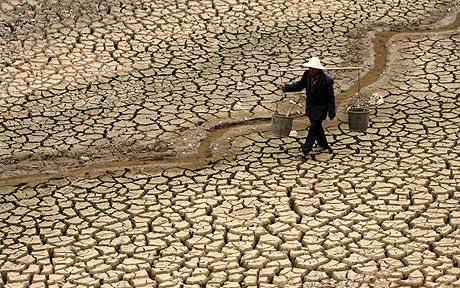Tag: drought

Reframing Resilience for Pastoralists
Africa & Middle East: Our guest author, Lance Robinson, an environmental governance and resilience specialist at the International Livestock Research Institute (ILRI), opens our series of blog articles on resilience published in partnership with the International Food Policy Research Institute (IFPRI) ahead of the conference “Building Resilience for Food and Nutrition Security” 15-17 May 2014. When we speak of ‘resilience’ […]
Read MoreCooperating for Water Security – World Water Week 2013
Global: This week, from 1 – 6 September, world leaders, NGOs and businesses will gather in Stockholm to discuss the future of water security at World Water Week. Taking place during the UN’s International year of Water Cooperation the week will focus on ‘Cooperation for a Water Wise World’, which will include discussions on international cooperation, […]
Read More

